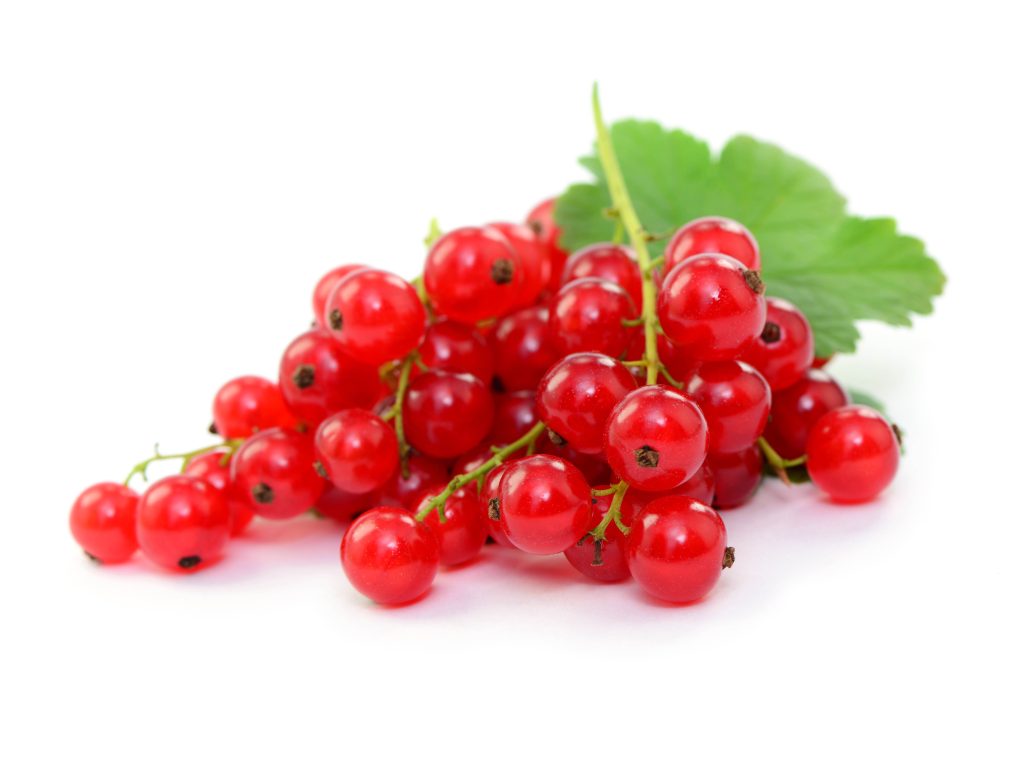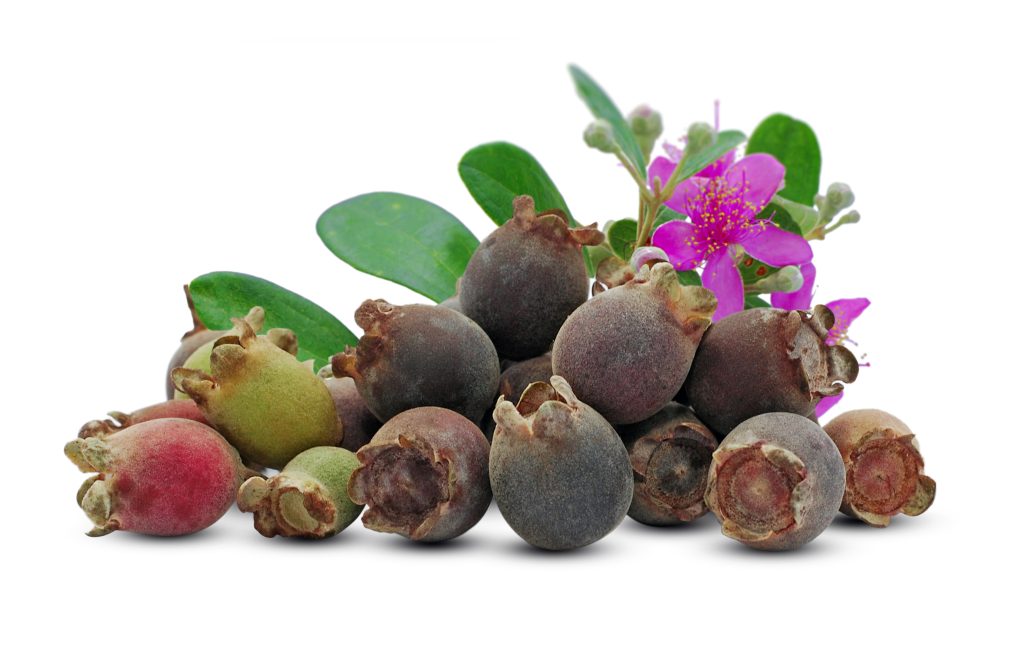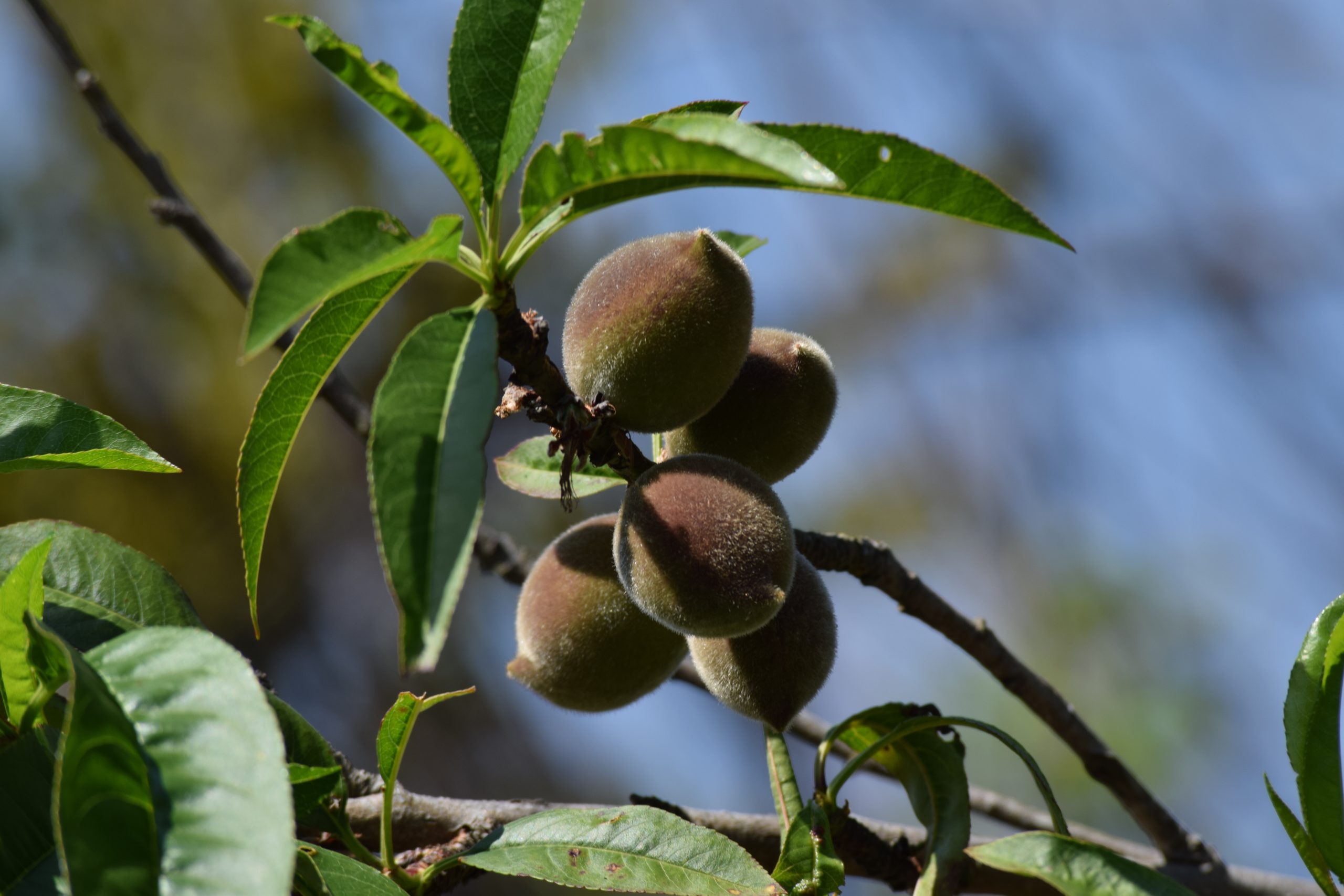The Ceylon gooseberry is a unique berry that thrives in tropical climates in Central America. They have a subtle tropical flavor that tastes incredibly tart, bitter, and slightly sweet; these unique flavors make them excellent ingredients in recipes like BBQ sauce, jams, and jellies.
Table of Contents
What is a Ceylon Gooseberry?
The Ceylon gooseberry (Dovyalis hebecarpa) is a Central American fruit that grows on large trees in regions like Hawaii, Puerto Rico, Florida, and Cuba. While it’s a popular Central American fruit, it originated in Sri Lanka, southern India, and South Africa. Common names for the Ceylon gooseberry include ketembilla, Abyssinia, and kei apple.
Ceylon gooseberry trees bear tons of tart, bitter, and sweet fruits about the size of a cherry. They have a subtle tropical flavor that tastes great right off the tree but is even better in jams, jellies, and fruit salads.
It has a cherry-like maroon color with a flavor similar to a tropical apricot.
The History of Ceylon Gooseberries
The Ceylon gooseberry calls Sri Lanka home, so how did it become such an important fruit in Central American cuisine? When Doctor David Fairchild returned home to America after a trip from Asia, he brought the Ceylon gooseberry with him.
In the 20th century, it was primarily used as a decorative fruit tree in landscaping as a flowering plant. Still, the dark purple berries proved to be a fantastic cooking ingredient.
What Does a Ceylon Gooseberry Taste Like?
While the Ceylon gooseberry looks like a cherry, the flavors are sweet, tangy, bitter, and sweet. Many describe the flavors of a Ceylon gooseberry as that of guava, cranberry, apricot, tamarind, and papaya.
When cooked, these berries lose much of their bitter undertones and create a wonderfully sweet jelly or jam. It’s often paired with warm spices like cinnamon and nutmeg to compliment its subtle sweetness.
How to Tell When a Ceylon Gooseberry is Ripe
Want to know when a Ceylon gooseberry is perfectly ripe? Check out this guide below.
| Color | When unripe, Ceylon gooseberries are bright orange and develop to a rich shade of maroon when perfectly ripe. |
| Firmness | These dark purple berries will have a give to them when perfectly ripe, similar to that of a cherry. |
| Smell | With such thick skin, it’s challenging to determine its ripeness on smell alone. |
| Bruising | A little bit of bruising or wrinkled skin is perfectly fine. In fact, Ceylon gooseberries taste best when they are slightly past the peak of ripeness. |
When selecting Ceylon gooseberries, you always want to opt for overripe rather than underripe. As a tart and bitter fruit, overly ripe berries are much sweeter and palatable.
Are Ceylon Gooseberries and Currants Related?


Yes, Ceylon gooseberries and currants are both members of the Ribes genus. Over 200 species of plants belong to the Ribes genus, and Ceylon gooseberries and currants are a part of that family.
They have very similar colors, sizes, and textures, but their similarities end there. Ceylon gooseberries have a bitter and tropical flavor, while currants taste more like a berry. Currants have a gentle tanginess with a flavor very similar to raisins.
Can I Eat Raw Ceylon Gooseberries?
Ceylon gooseberries taste great when consumed raw! They have thick skin that’s very bitter, so most peel back the skin and eat the tender insides.
The flavors of raw Ceylon gooseberries are mouth-puckeringly tart and bitter, so it’s always best to pick a berry just over the peak of ripeness. It’s incredibly bitter when consumed underripe because it hasn’t had time to develop its tasty sugars.
Cooking with Ceylon Gooseberries
Before diving into some fantastic recipes, you must first understand how to prepare Ceylon gooseberries:
- Wash the berries. Place the berries in a colander, and rinse with cool water to remove dirt and debris.
- Boil berries. Ceylon gooseberries have tough skin and tiny seeds. Boil the berries until tender, then strain the skin and seeds through a mesh sieve.
Ketembilla Jelly: One of the best uses of Ceylon gooseberries is this ketembilla jelly. It’s delicately sweet with a bright tartness from the lime juice that celebrates the flavor of these berries. It goes great on anything from toast to piping hot biscuits.
Ketembilla Fruit Butter: This ketembilla fruit butter recipe is smooth, creamy, and easy to prepare with few ingredients. If you have the berries, sugar, and water, you have all your need for this simple fruit butter.
Gooseberry BBQ Sauce: The complex notes of Ceylon gooseberries will make the best BBQ sauce you’ve ever had. This recipe is sweet, bitter, acidic, and explodes with bright flavors thanks to the addition of Ceylon gooseberries.
How to Store Ceylon Gooseberries
Ceylon gooseberries can ferment very quickly, so storing them is very important. If your Ceylon gooseberries aren’t quite ripe, allow them to mature at room temperature until the color turns maroon or bright purple.
When they are perfectly ripe, place them in a cool location in your fridge, where they will stay fresh for a few days. Because they have such a short shelf life, one of the best ways to preserve these temperamental berries is to freeze them or whip them into a quick jelly or jam.
Nutritional Benefits of Ceylon Gooseberries
Ceylon gooseberries are high in essential vitamins and nutrients such as Vitamin C, antioxidants, polyphenols, and anthocyanins. This tropical fruit has a unique compound called Anthocyanins that gives it its dark purple color and packs a healthy punch.
Diets rich in Anthocyanins can help fight off heart disease and cancers and are an anti-inflammatory compound to help you feel your best. They are also an excellent source of Vitamin C that help boost your immune system and keeps your skin healthy and glowing.
Where to Purchase Ceylon Gooseberries
With few commercial growers across the globe, these unique berries don’t often appear on store shelves. If you want to get your hands on these berries, your best option is to head to a specialty fruit store or a local farmers market when they are in season in the fall and the springtime.

